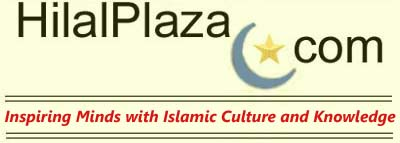United Arab Emirates (UAE) is a coalition of seven so-called Trucial States, who came together in 1971. They are Abu Dhabi, Dubai, Sharjah, Ajman, Fujairah, Ras al-Khaimah and Umm al-Qaiwain. Each emirate has a separate ruler while a president and prime minister rule the federation. It is bordered by Saudi Arabia to the west and south, Qatar to the north and Oman to the east. It reaches across part of the Gulf of Oman and the southern coast of the Persian Gulf.
United Arab Emirates - Facts and Figures
- Official name is Al-Imarat al-’Arabiyah al-Muttahidah.
- UAE’s terrain is flat and barren with coastal sands blending into sand dunes. The east part of the country features mountains.
- Climate is typical desert weather, hot and dry but cool in the mountain areas.
- UAE’s land border is 867 kilometers in total, 410 km with Oman and 457 with Saudi Arabia. It has a coastline that is 1,318 kilometers long.
- Area: 82,880 sq km.
- The people who lived in the area that is now UAE were seafarers who embraced Islam in the seventh century.
- Population is around 2.6 million. The native people are Emiri, who make up 19% of the population. Arabs and Iranian constitutes 23% while Asians from India, Pakistan, Bangladesh and Sri Lanka comprise 50%. Westerners and East Asians account for 8%.
- The official language is Arabic. Persian, English, Hindi and Urdu are also spoken.
- Islam is practiced by 96% of the population. Of that, Sunnis comprise 80% and Shiites 16%. Christians, Hindus and other religions make up 4%.
- Capital is Abu Dhabi, the largest of the seven emirates.
- Major exports are crude oil, natural gas, re-exports, dried fish and dates. Natural resources include petroleum and natural gas.
- The local currency is the UAE dirham.
- Agricultural products are dates, vegetables, watermelons, poultry, eggs, diary products and fish.
- Major trading partners include Japan, South Korea, India, Thailand, China, Germany, United Kingdom, France and United States.
- Government is based on a federation.





